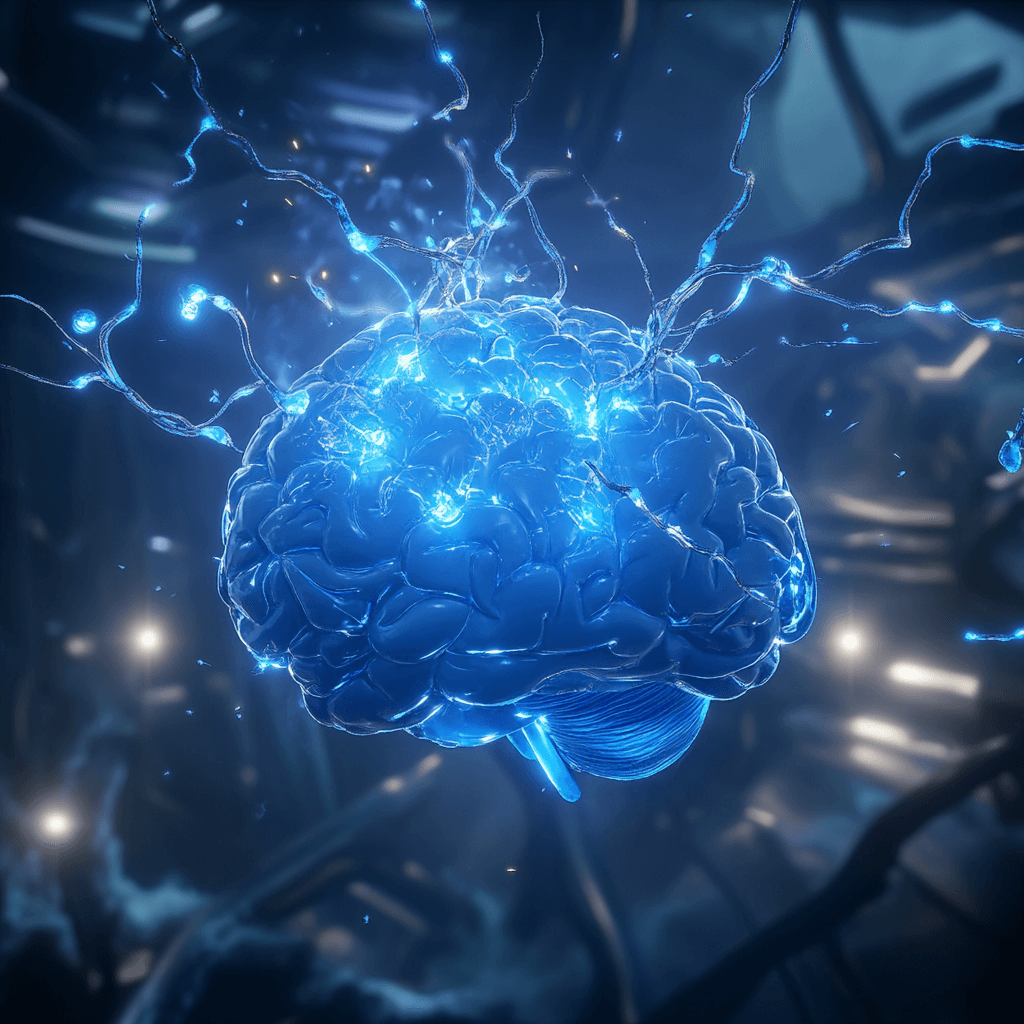A Balanced Word Before We Begin
Methylene Blue has sparked a lot of curiosity, and for good reason. It’s being explored for everything from boosting energy and memory to slowing signs of aging. But like many powerful substances, it walks a fine line between helpful and harmful.
This article isn’t here to scare you – just to share what’s known, what’s unknown, and what to seriously consider before trying it.
What is Methylene Blue?
Originally developed in the 1800s as a dye, Methylene Blue (MB) found early medical use treating malaria and a rare blood disorder called methemoglobinemia. It’s also used as a dye in labs and sometimes in surgery to map out tissue.
But in recent years, it’s popped up in biohacking and longevity circles. Hailed as a nootropic, anti-aging agent, and even a “mitochondrial superhero.”
How Does It Work?
MB does a few things that explain the hype:
- Boosts Energy (ATP): It acts as an electron carrier in the mitochondria, helping your body create more cellular energy.
- Protects the Brain: It crosses the blood-brain barrier and has shown signs of supporting brain health by reducing oxidative stress and preventing tau protein clumps (linked to Alzheimer’s).
- Antioxidant Support: MB may reduce damage from free radicals and inflammation.
- Improves Oxygen Use: Some users report better endurance, possibly linked to improved cellular respiration.
Who’s Using It?
Methylene Blue is quietly becoming a favorite in these communities:
- Older adults trying to restore mental clarity, memory, and energy.
- Biohackers looking for the next big nootropic.
- Athletes and bodybuilders hoping to enhance endurance and recovery through better oxygen efficiency.
- People exploring alternatives for Alzheimer’s, though this is still experimental.
🌟 Claimed Benefits
Though mostly anecdotal and early-stage, here’s what users say they’re experiencing:
- Clearer thinking and memory
- More daily energy
- Sharper focus
- Better workout recovery
- Elevated mood
Some of these claims have some early science to support them, especially MB’s potential effect on mitochondria and brain chemistry. But human trials are still limited.
Methylene Blue & Alzheimer’s: A Closer Look
MB and its derivatives are being studied as possible treatments for Alzheimer’s disease, especially for their ability to prevent tau tangles.
- A refined form, hydromethylthionine mesylate (HMTM), has shown promise in slowing cognitive decline.
- Some clinical trials suggest it might help mild-to-moderate Alzheimer’s patients.
- The UK’s health authorities are currently reviewing it for potential approval.
🧠 Exciting? Yes.
🔎 Ready for general use? Well, from my research, I would say: Not yet.
🧪 DIY Use: What People Are Actually Taking
Let’s be honest, many people are experimenting at home.
The most common “low dose” range reported is:
- 0.5 mg to 4 mg per day (microdosing style)
- Some prefer every other day or cyclical use to reduce side effect risk.
These amounts are far lower than clinical doses but still enough to affect the brain and body. The challenge is: every body is different, and MB can interact with medications and conditions silently.
⚠️ Side Effects and Risks
This is where things get serious.
Known Side Effects:
- Headaches
- Dizziness
- Nausea
- Blue urine or stool (harmless but a weird)
- Photosensitivity
Bigger Risks:
- Hemolytic Anemia – Especially dangerous for those with G6PD deficiency.
- Serotonin Syndrome – MB is a MAOI, meaning it affects serotonin. If taken alongside antidepressants (SSRIs), this could cause dangerous serotonin buildup, leading to confusion, high fever, and even seizures.
🚨 This has happened before. Most cases involved higher doses or IV use in hospitals, but the risk is real.
🤔 Should You Try It?
Here’s the honest answer: It depends.
MB holds exciting potential, but it’s not without risks, especially for newcomers or anyone on medication.
Before you even think about trying it:
- Talk to your doctor, especially if you take SSRIs, blood pressure meds, or have any known health issues.
- Make sure your source is pharmaceutical grade.
- Stay below 4mg/day, if at all.
- Watch for reaction. Your body will let you know quickly.
This isn’t candy. It’s potent. Treat it with respect.
❓ FAQ: Methylene Blue Questions Answered
Q: Can MB really make me feel younger?
A: It might help some people feel more energized or clearer, but it’s not a time machine. Results vary and may be short-lived without addressing root health issues.
Q: Is it safe to use with antidepressants?
A: 100% No. Combining MB with SSRIs or other serotonergic drugs can lead to serotonin syndrome, a medical emergency.
Q: Is it legal?
A: Yes, in most places, but not approved as a dietary supplement. It’s sold for lab use or fish tank cleaning (seriously). If you take it, it’s at your own risk.
Q: Can I just use a tiny dose?
A: Some do, but even tiny doses have caused reactions. Low risk doesn’t mean no risk. Always do your research and check with a pro.
🧘 Final Thoughts
Methylene Blue is one of those substances that lives in the space between science and self-experimentation. It’s exciting, intriguing, and potentially dangerous if misunderstood.
If you’re curious, be cautious.
If you’re cautious, stay curious.
Just don’t treat your body like a lab without understanding the chemicals you’re adding to the mix.

